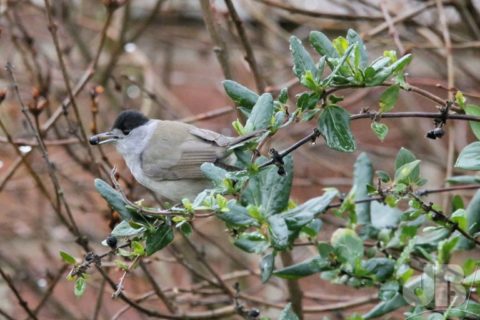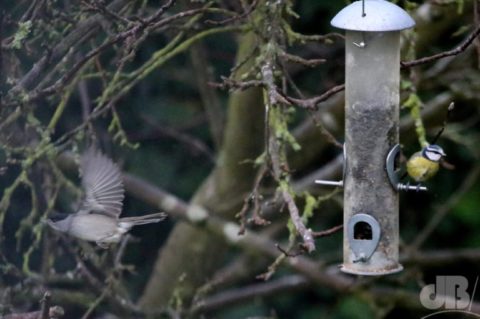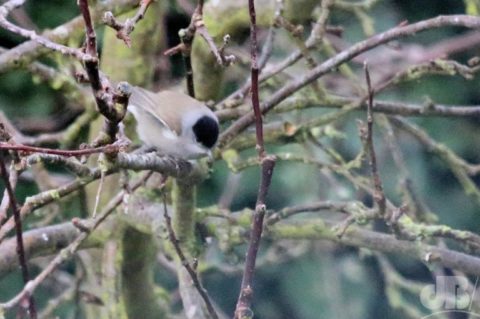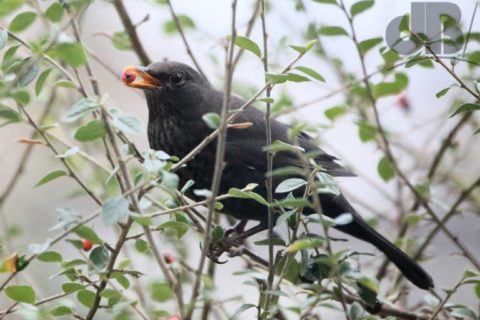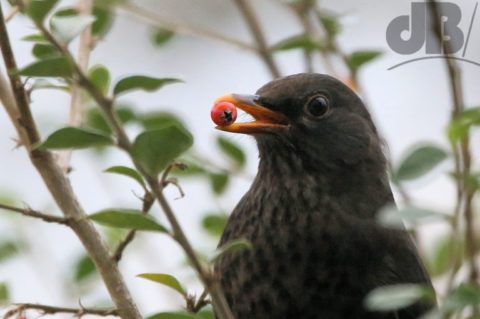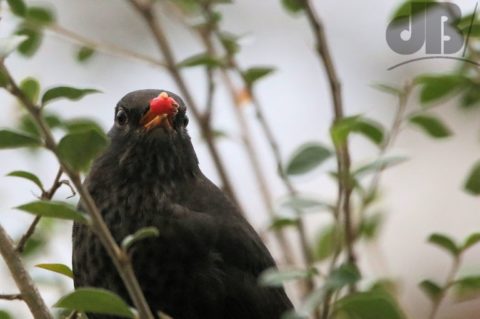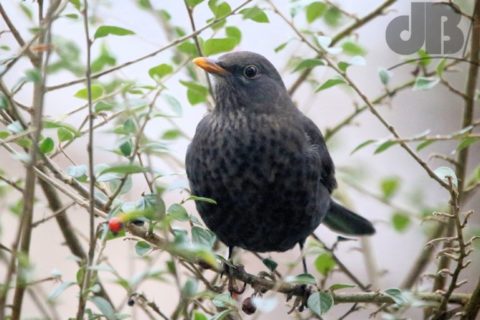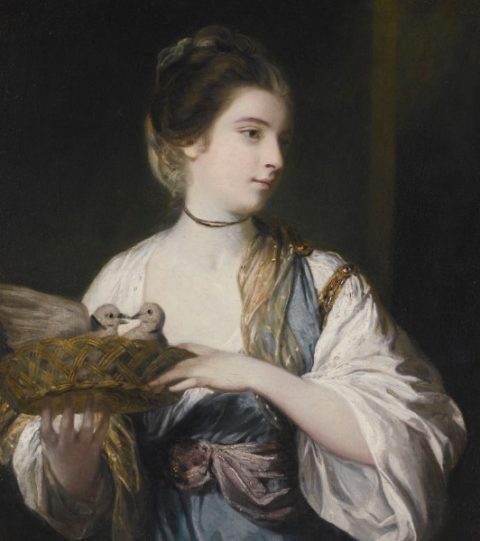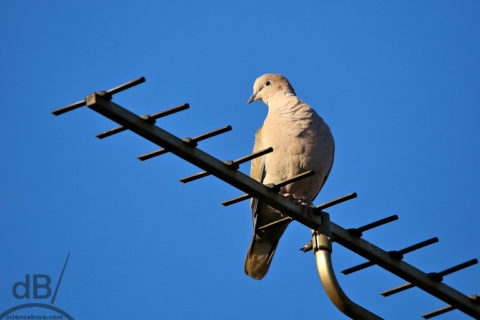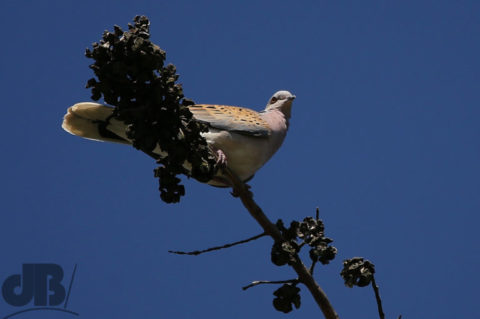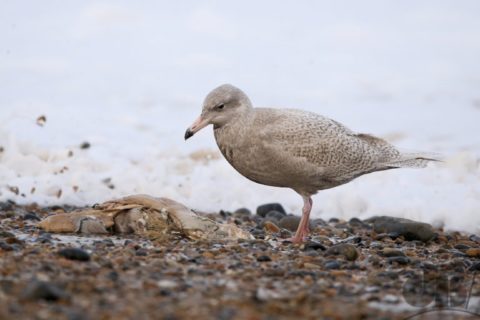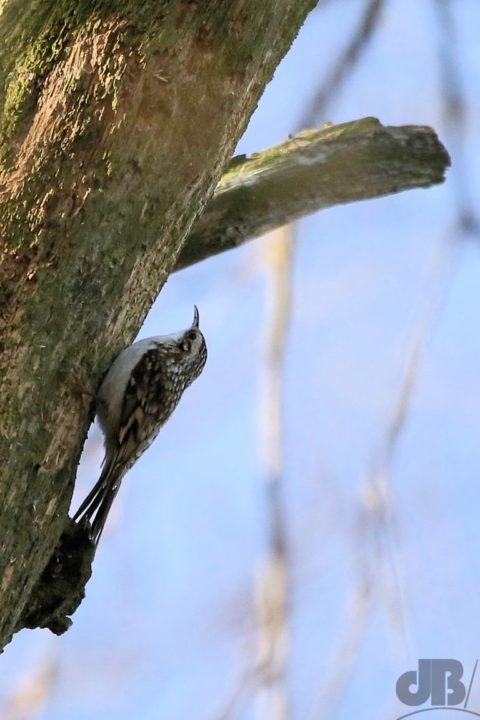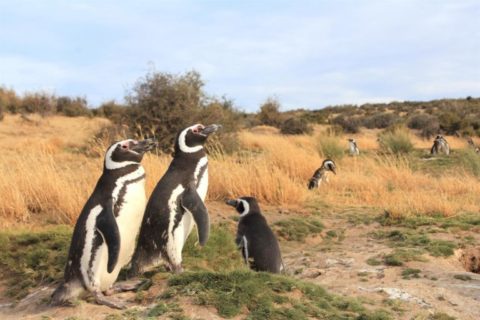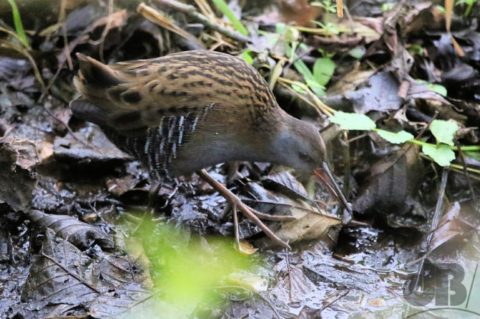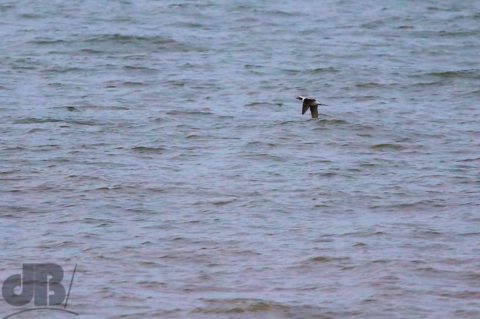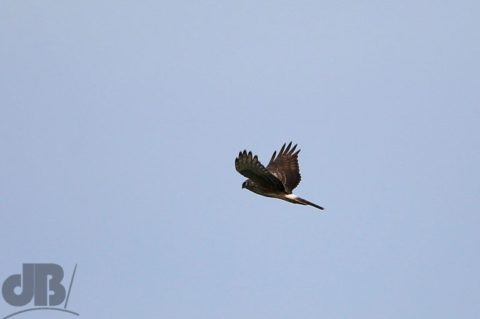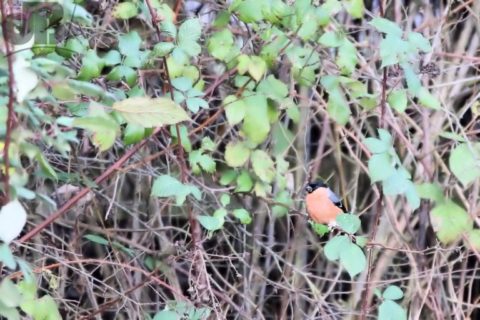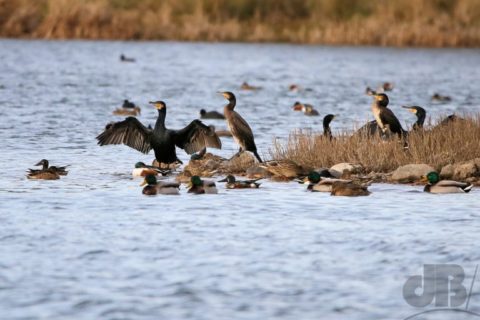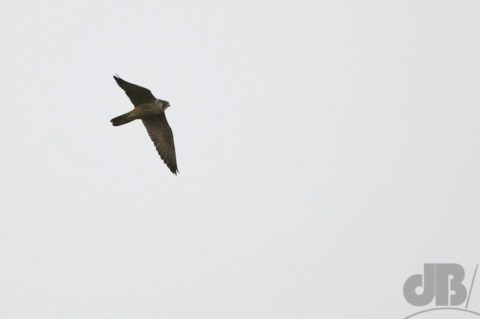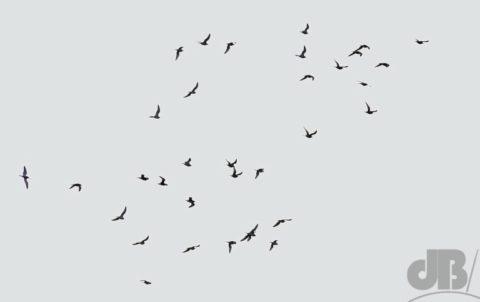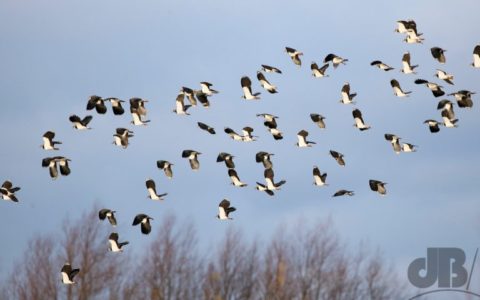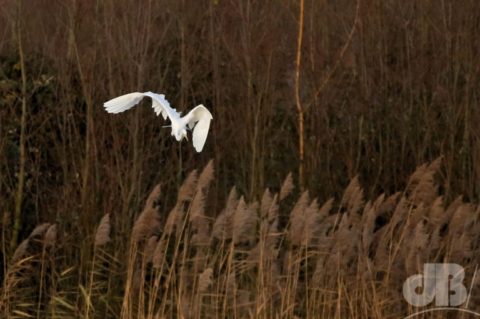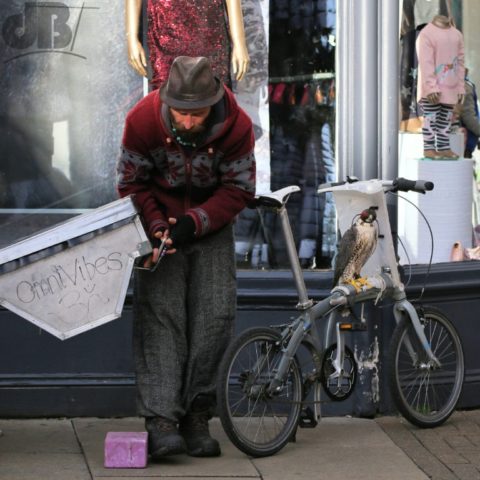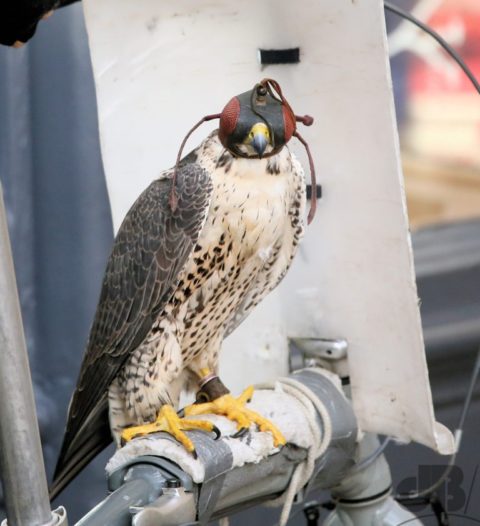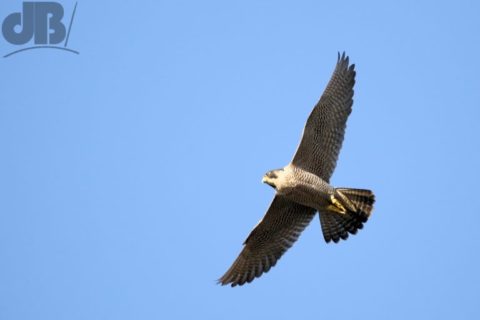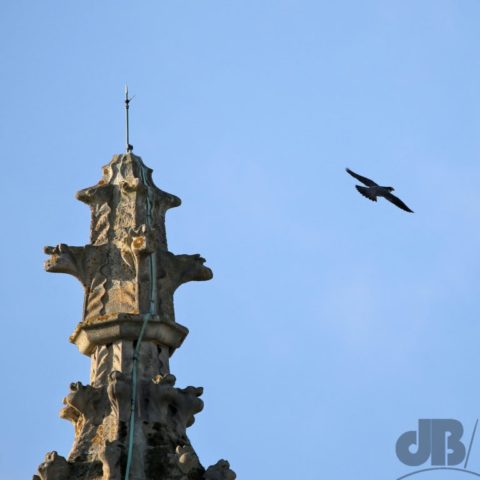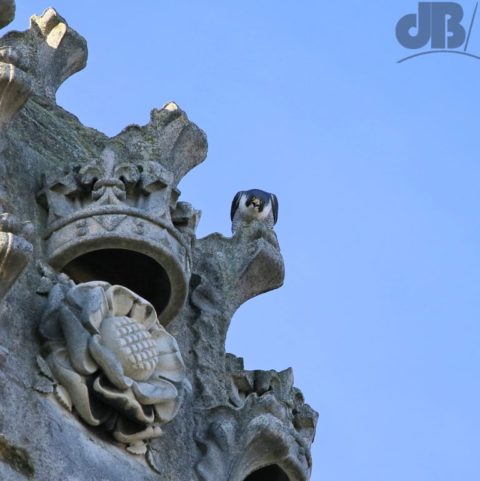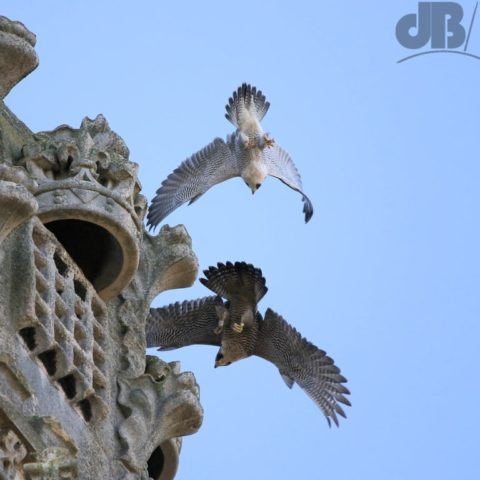UPDATE: I still don’t know if the influx is considered an irruption, but I am yet to see any BWs this season. There are new reports of some lovely scenic places as always with berry-eating birds around: Xercise4less/Sainsbury’s – Wakefield (W Yorks), McDonalds/Shaw Lane Ind Est – Doncaster, Neil Lane Estate – Chorlton-cum-Hardy, Boat club at Pennington Flash, Leuchars Railway Signal Box North, Aldi car park, Hessle, Flitwick Baptist Church, Wilko, Mansfield, Sainsburys, Halifax. There has even been one seen on a nature reserve! The Plens NR in Northamptonshire.
Incidentally, the reason they’re known as “Bohemian” is purportedly with an allusion to their being nomadic, like the Romani. Of course, the word Bohemian was meant to be the place of origin of the Romani, but that is not the case.
The list grows…are we in the middle of a Waxwing irruption? Whether we are or not the three places I’ve tried to see them in as many days (Cambridge Road (the A10), Stretham, Cambridge Science Park, and at two old hawthorn trees at the junction of Rosemary and Dellwood Avenue in Felixstowe have not come up trumps.
Recent sightings in those most boho of places, the MacDonald’s car park in Blaydon, Sainsbury’s Middlesbrough, Grinkle Lane (Easington), Stockbridge Market in Edinburgh, Clifford’s Tower, York.
First time I saw Bohemian Waxwings (Bombycilla garrulus), a flock of 80 or so were in trees at the parking area on the Cambridge Science Park. I heard their unmistakable tweeting first but didn’t catch a photo before they flocked off down Milton Road. After that, I kept my ear to the air (well the UK Waxwings twitter feed) in the hope of more sightings as the winter went on. Never did see them again to photograph…
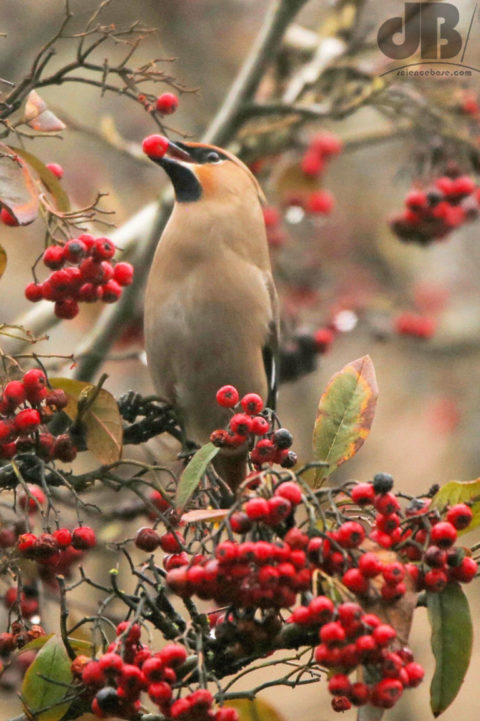
…until we were visiting Newcastle and I heard that there were apparently a dozen or so in berry-rich trees opposite St Bartholomew’s Church in Long Benton. The trees are in the gardens of the houses opposite the church…at the bus stop.
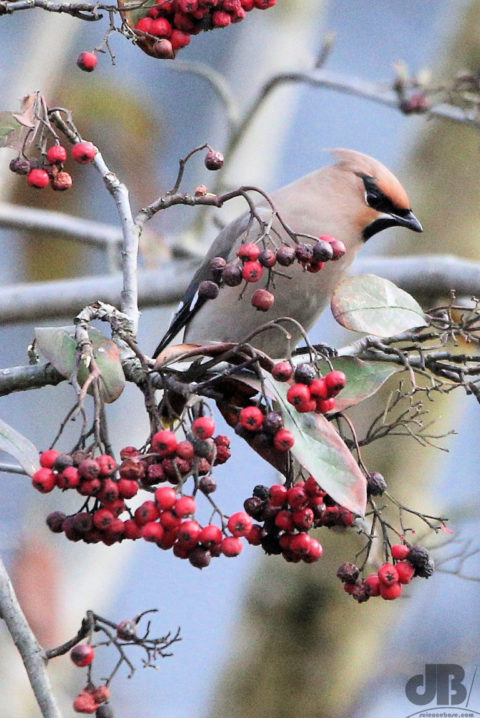
What is it with Waxwings, other birds you hear about and fancy twitching tend to be on nature reserves, remote hillsides, far-off stretches of coast? But, the Waxwings, which head South from Scandinavia, Iceland, and Scotland seem to congregate in the most mundane of environments: an Aldi car park, a bus stop, the perimeter of a business park, a closed campsite, a B&Q car park, a Lidl car park, a Tesco car park…you get the picture.
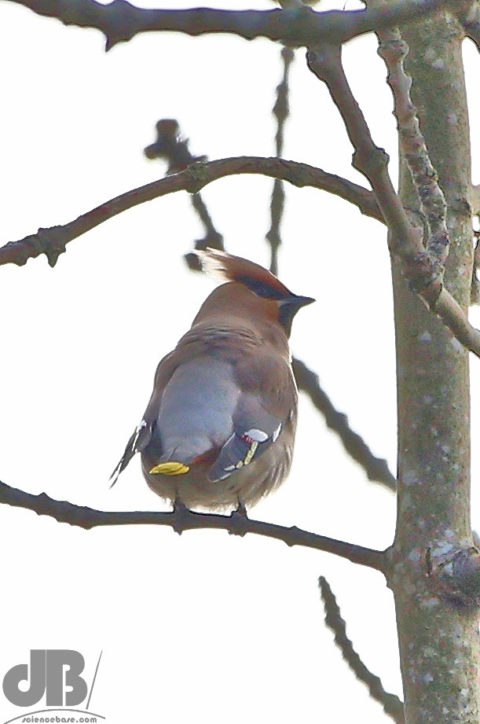
Well, escapes the colder climes when the going gets tough up north, and seeks our berry-laden trees. High concentrations of such trees are often to be found in the islands between parking spaces and decorating the periphery of garden centres, and such, so that’s where the birds congregate. It makes twitching them so much easier, as long as you’re willing to hang around with a long lens or bins at Morrison’s or Sainsbury’s while everyone else carries on with their shopping oblivious to the charming aves in their midst.
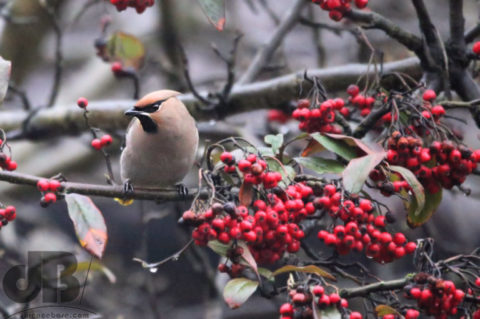
Case in point are the recent winter 2018/2019 sightings that have begun to be mentioned on the UK Waxwings twitter feed:
Dundee Street, Edinburgh, rowan trees just west of Fountain Park
Wrens Kitchens/Asda at the Chester Greyhound Retail Park
Tesco Roundabout, Calder Road by the junction with Westerhailes Road, Edinburgh
Home Bargains car park, Nelson, Lancashire
Kingsway East/Cutty Sark Pub/Asda, Dundee
etc
Incidentally, although we saw one last winter, haven’t seen any this far south yet, and it may not happen. There are suggestions from some experts that we are actually overdue an irruption, however, so fingers crossed.
